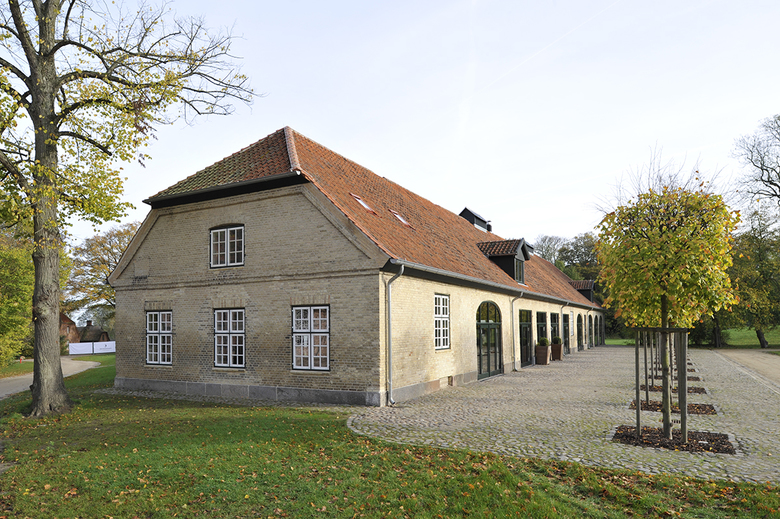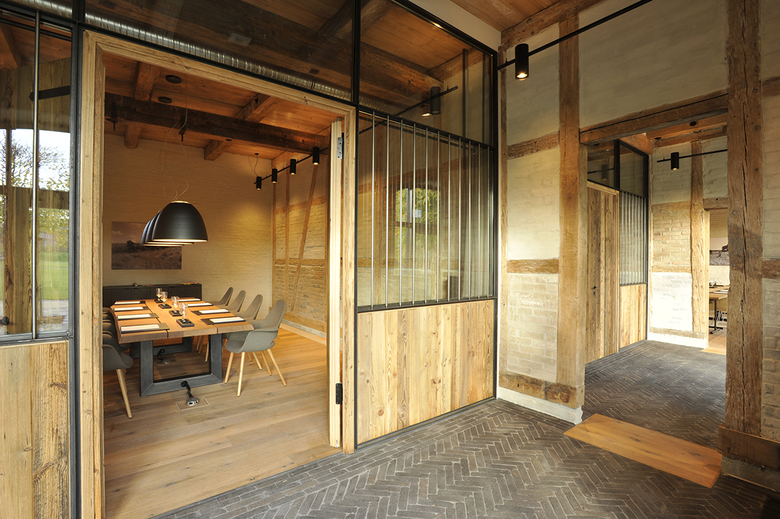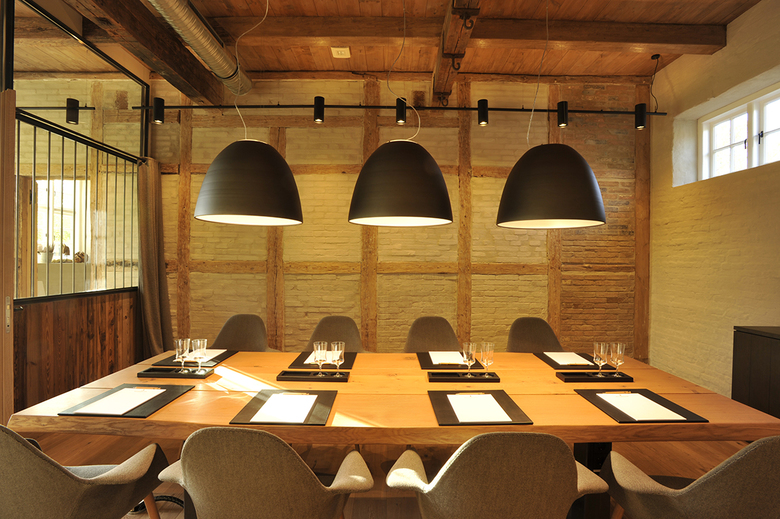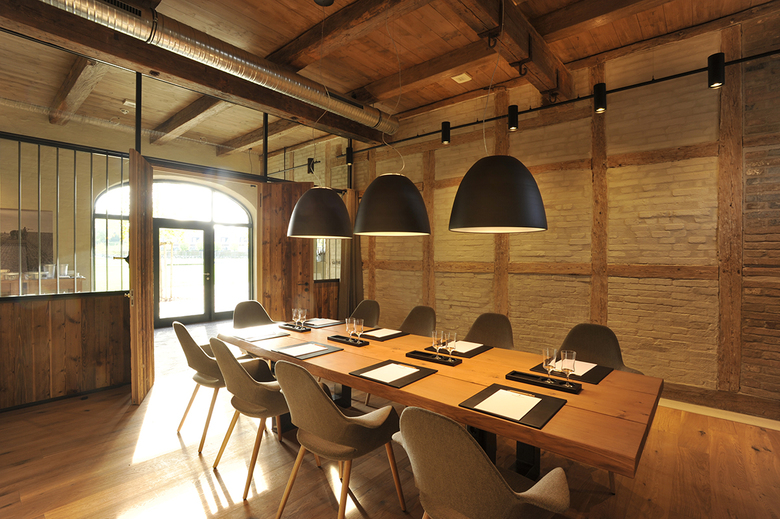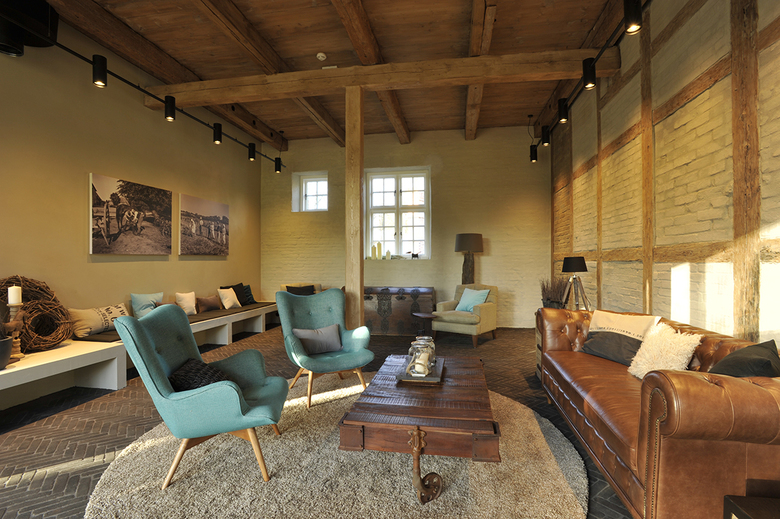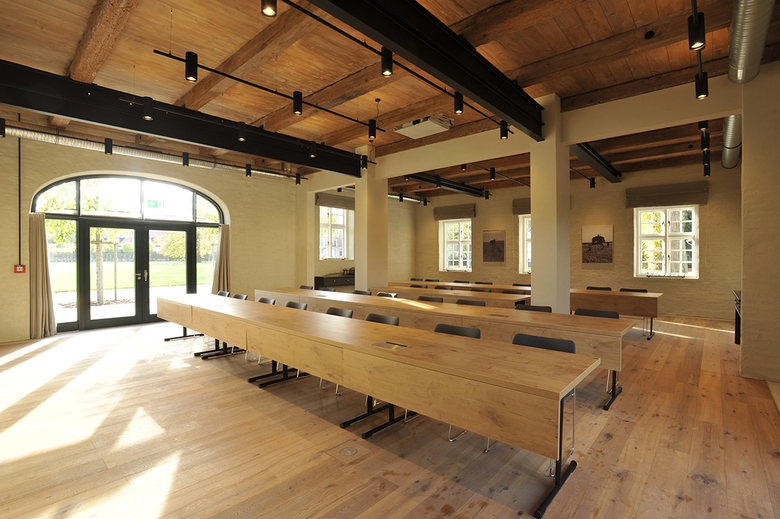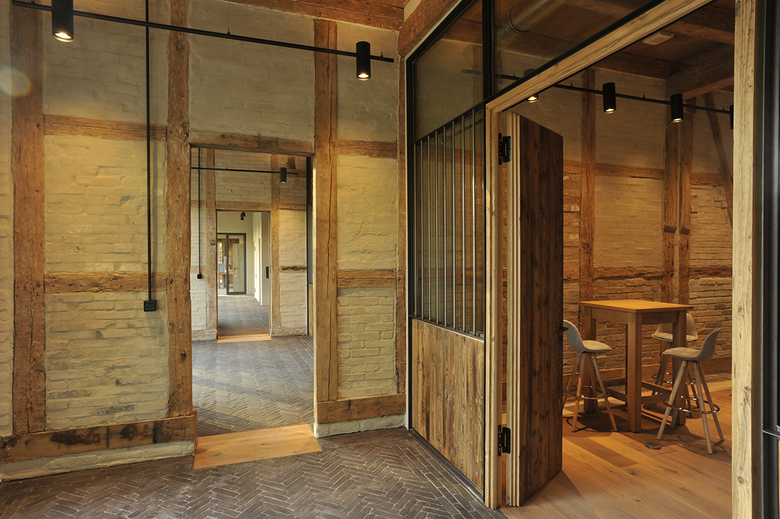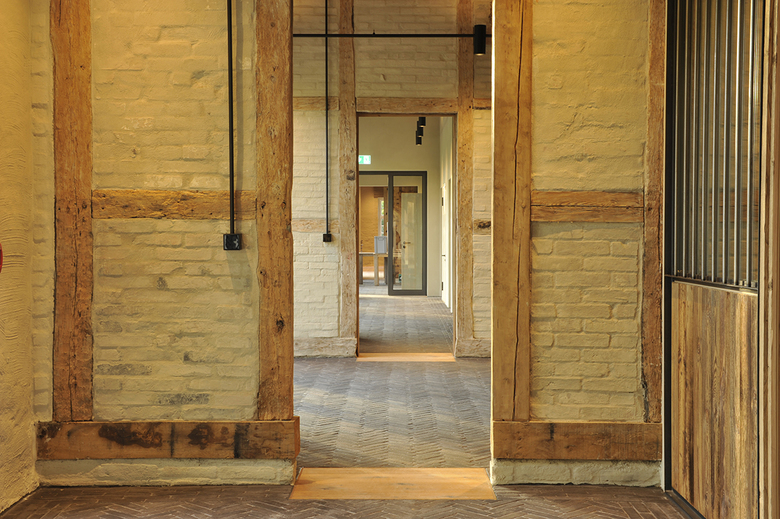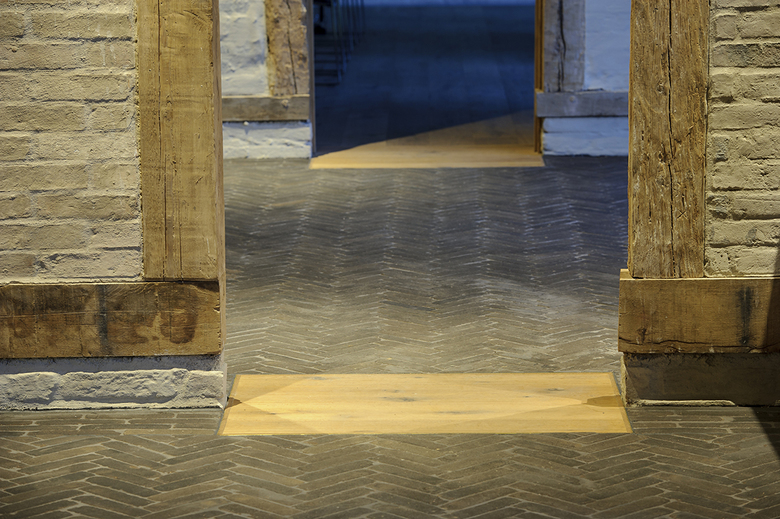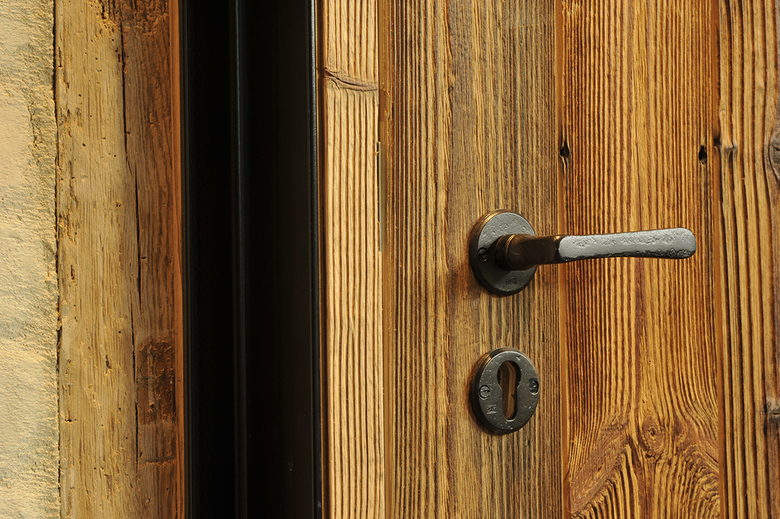Grand Village Weissenhaus, Stable
Back to Projects list- Year
- 2014
- Client
- Jan Henric Buettner
The Grand Village Weissenhaus Hotel and Spa is the result of the conversion of a historic estate that was carried out over the course of many years and with the greatest of care. A large number of planning offices were involved.
Most of the three dozen historic structures on the landscaped estate, extending over 75 hectares, were built in the early 17th century. In the course of several construction phases beginning in 2005, approximately one third of the buildings, including the Castle, were restored in line with historic preservation principles and incorporated in the hotel operations to fulfil various functions.
The Peerstall is a former coach house that at times was also used as a stable. In the course of extensive and discerning restoration measures, the historically listed structure was converted into a 500 m² venue that houses three seminar rooms of various sizes and a boardroom for conferences, meetings and events.
Its historical use as a stable served as the basis for the design as a whole, as well as in its details.
The elongated, one-story building made of yellow facing masonry looks out at the Castle’s meadow to the south, with a number of gate openings, while the north side is closed for the most part. In the inside, it is subdivided into several adjacent sections by half-timbered walls. As closely coordinated with the highest authority for historic buildings in the District of Ostholstein, this feature of the historic site was to be taken into account. To make the spatial structure come alive, small passageways were simply cut into the exterior wall frames along the outer wall to connect the various sections. A full-height, transparent room divider made of rolled steel sections with glass panes and recovered wood was added in two areas to provide an acoustical separation. The interior doors are also made of old, rehabilitated spruce wood. The specially crafted lighting fixtures highlight the reclaimed timber ceilings and the masonry walls, these design elements thus adding to the distinct atmosphere. The entrance and the adjacent areas were plastered in dark clinker brick, while the passageways are offset by wide wooden thresholds in the floor. The conference rooms were outfitted with a “carpet” made of oak floorboards that is separated from the existing historic walls by a screed concrete frieze.
